This post may contain affiliate links. If you use these links to buy something we may earn a commission. Thanks.
Whether your slope is eroding or not, I’ve included the best drought-tolerant ground covers for zone 5 on various slope types in this post. You’ll find a mix of plant types suitable for full sun, erosion control, and even rocky slopes. Some are fast-growing, evergreens, or deciduous.
Further details about each plant are below with pictures that make the ‘no’ pile easy.
In general, drought-tolerant plants are typically suitable choices for erosion control. Slopes tend to dry out quicker because less water is absorbed on a slope than on a flat surface. Once the surface does dry, water is repelled from even absorbing similar to a completely dry sponge—it takes more effort to wet a dry sponge than a pre-moist sponge. So drought tolerance is essential if you’d like your chosen plants to survive.
An article published by the Multidisciplinary Digital Publishing Institute (MDPI) goes into detail about the “Comparison of Vegetation Types for Prevention of Erosion and Shallow Slope Failure on Steep Slopes in the Southeastern USA.” They compared plots and discovered that intentionally planted vegetation out-performed slopes that were allowed to naturally grow on their own.
Herbaceous vegetation is generally associated with appropriate roots for erosion control. Many have a mix of fine roots with denser longer roots.
These dozen plants listed below have the above qualities which make them exceptional choices for erosion control in USDA zone 5.
Before planting any of these options check with your local invasive plant council or regional extension office for guidance on plants that may be invasive in your area.
Yarrow (Achillea)
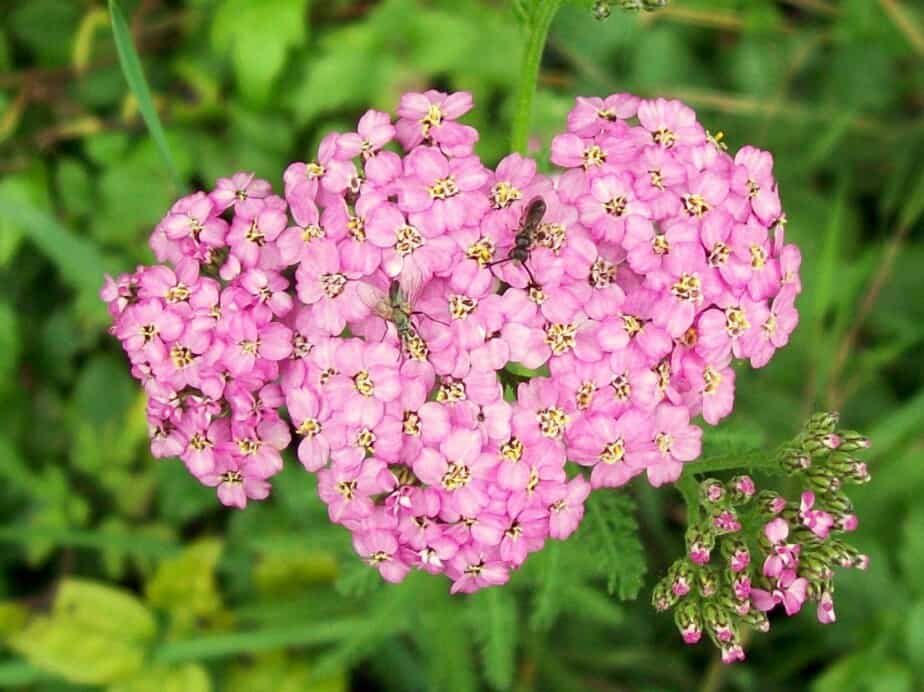
- A fast-growing perennial to zones 4-8
- Flowers from June to August, and attracts a variety of useful pollinators and predators
- Semi-shade or full sun
- Grows in light to heavy soils, prefers dry or moist soil, and tolerates droughts, established plants are very drought tolerant and live longer in poor soils
- Is a dynamic accumulator potent in nutrients (which makes great compost and companion for other plants!)
- Root system spreads easily and can become invasive, but it can simply be removed to build up nutrient-rich compost for your other plants
- Edible leaves for teas
Sea Holly (Eryngium maritimum)
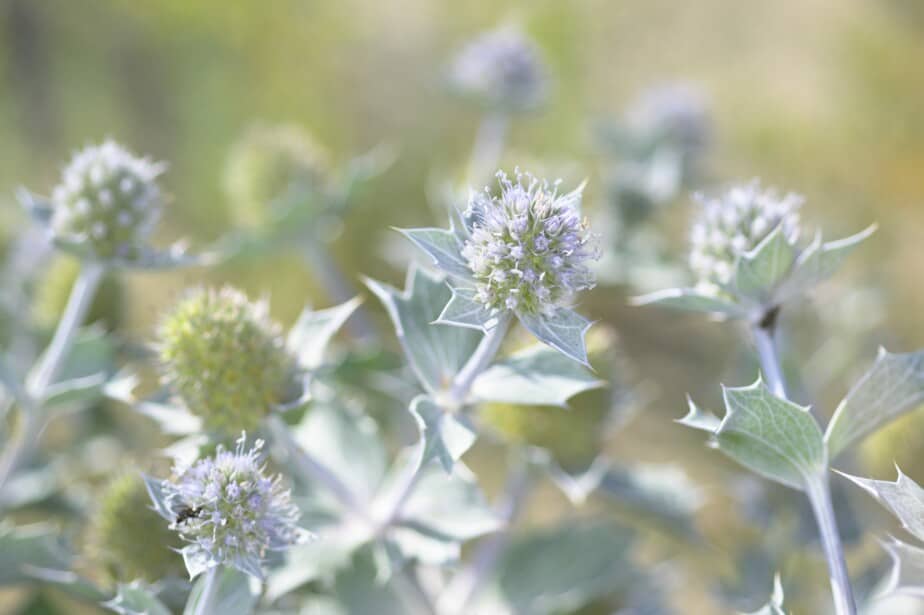
- An evergreen seashore-hugging perennial in zones 4-8
- Pollinated by bees during flower from July to October
- Prefers sandy soils and doesn’t need nutrient-rich soil to grow well, the extensive root system holds together hot sandy shores
- Prefers dry or moist soil and tolerates drought once established
- Full sun
- Edible young shoots are similar to asparagus, edible roots are similar to parsnips and carrots
Rockcress (Arabis caucasica)
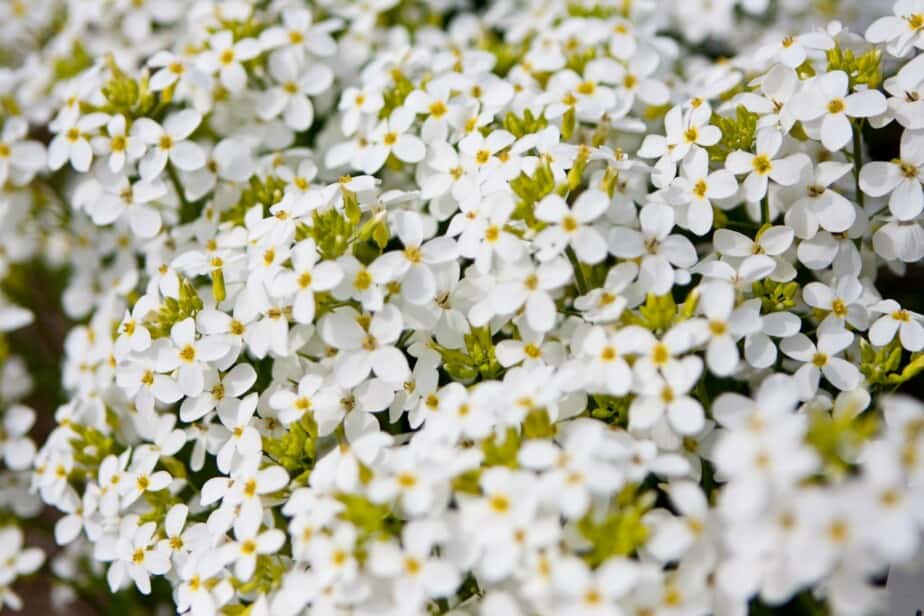
- Rockcress is part of the brassica family and is highly ornamental for zones 4-9
- It blooms in early spring, depending on climate between January to May, and attracts bees, moths, and butterflies
- Suitable for light sandy soil, everything in between, to heavy clay soils,
- Rockcress is one of the best ground covers for rocky slopes
- rockcress prefers good drainage, prefers poor soils, and prefers dry or moist soil
- When established, drought tolerance is no problem, these grow well in dry areas
- Horizontal spreading becomes a carpet suited for full sun or partial shade, but also tends to clump with limited spreading
- Can become invasive, check to see if your area says anything about this plant
- Leaves are edible
False sunflower (Heliopsis helianthoides)
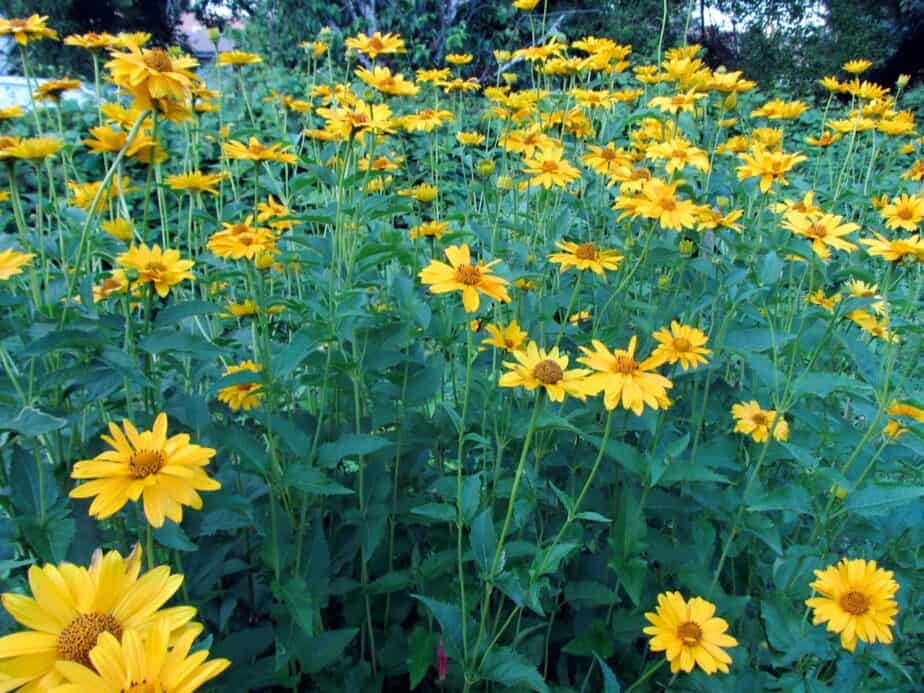
- False sunflowers grow in zones 3-9, lives for about 5 years, and bloom from June to August
- It grows in soils from light and sandy to heavy in clay with a preference for good drainage and dry or moist soil
- Tolerates droughts and moderate floods
- It has fibrous and deep roots making it an excellent choice for erosion or slopes
- Flowers are edible
Prairie sagewort (Artemisia frigida)
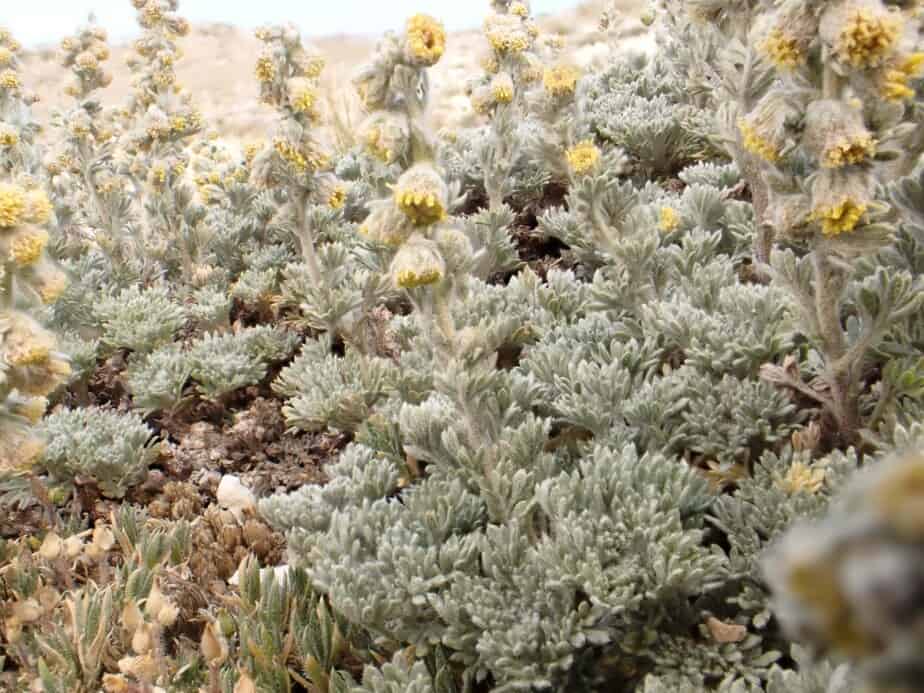
- Prairie sagewort grows in zones 3-10
- It grows in light sandy to medium-weight soils, prefers dry or moist soil with good drainage, and grows better in poor soil
- It can tolerate drought but not shade, established plants are very drought tolerant and this is a plant that gets selected often in landscaping to prevent erosion
- Has a fibrous and fine root system
- Leaves used as a condiment/flavoring
Pennsylvania sedge (Carex pensylvanica)
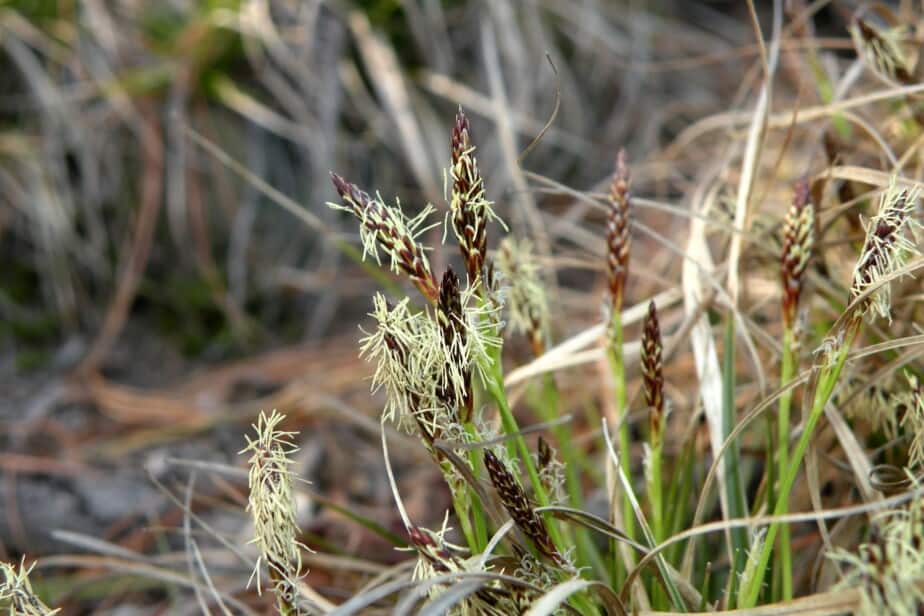
- This sedge can grow in full shade, partial shade, or full fun
- Zones 4-8
- Sandy or clay soils are fine, dislikes compacted soil
- Good drainage, dry or moist soil is best, and drought is tolerated well
- Attracts plenty of wildlife for habitat
- Easy to contain and low maintenance
Butterfly Pea (Centrosema virginianum)

- Perennial to zones 5-9, flowers from July to August and attracts bees
- Nitrogen fixer
- Suitable for poor light to medium soils, prefers dry or moist soil, and tolerates drought well
- Full sun
- Extensive roots hold bare soils together and can be staked to grow vertically or left to sprawl and cover the ground
Whorled tickseed (Coreopsis verticillata)

- A fast-growing perennial to zones 3-9 with edible flowers
- Can be used as a decorative erosion controller in landscapes
- Grows well in poor dry soils. Dry or moist soil is suitable and drought is tolerated. Light sandy soil to medium silt with good drainage is best
- Blooms from summer to late fall and attracts butterflies and makes a good cut flower in arrangements
- Heat and dryness are very well tolerated, and has fine fibrous roots
Orchardgrass (Dactylis glomerata)
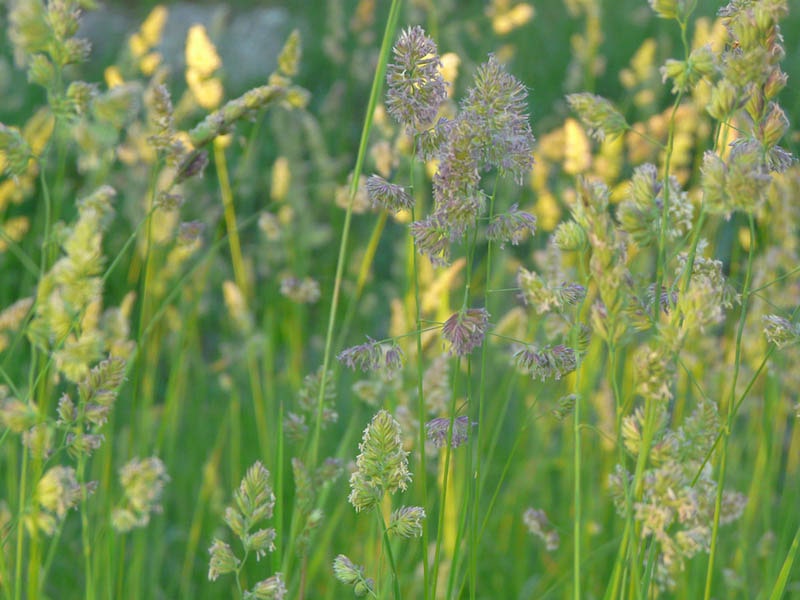
This article was originally published on foodforestliving.com. If it is now published on any other site, it was done without permission from the copyright owner.
- An evergreen perennial to zones 4-8
- Grows in a range of soil from light and sandy, medium and silty, to heavy and clayey
- Doesn’t do well in waterlogged or compacted clay
- Prefers good drainage and moisture, drought is tolerated, and high heat
- Partial shade or full sun
- Used to conserve soil and revegetate disturbed areas
- Has a deep root system and tends to form dense clumps
Sand ryegrass (Leymus arenarius)
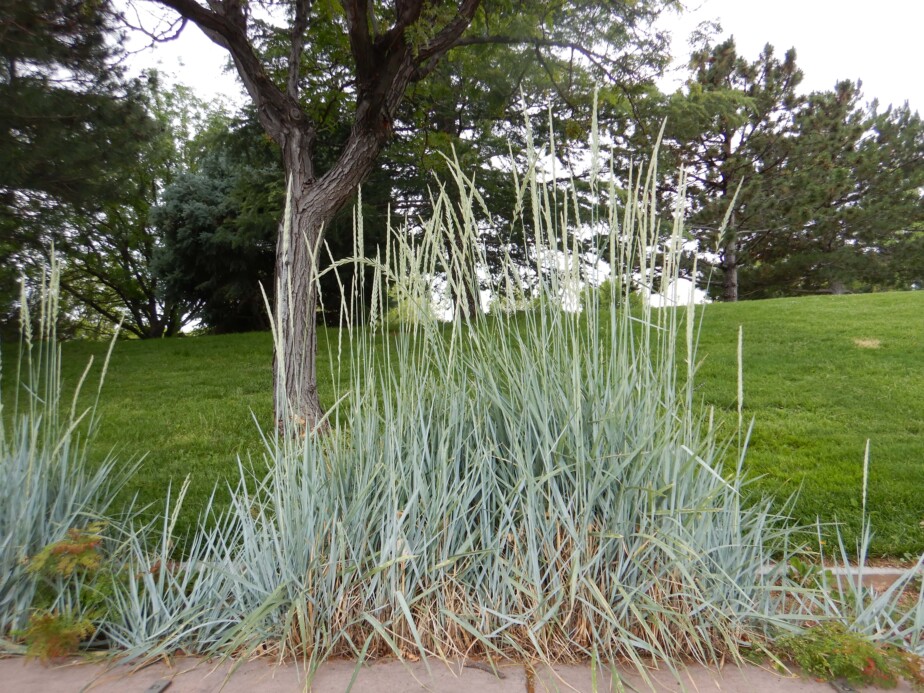
- Perennial to zones 5-9
- Very extensive root systems and often used to stabilize sand
- Can become very invasive
- Suitable for most areas and soils, but prefers sand and full sun
- Very drought tolerant when established
Phlox (Phlox x)
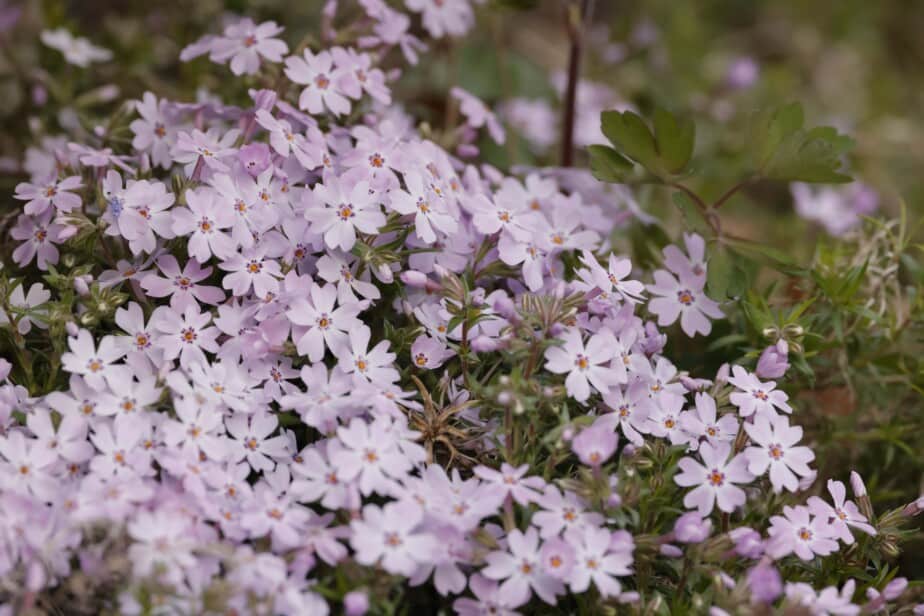
- Phlox, creeping phlox, or moss phlox are all good choices
- Medium-speed growing evergreen perennial to zones 4-9
- Attracts butterflies, moths, bees, and hummingbirds with fragrant blooms from May to September
- Prefers good drainage in lighter soils
- Prefers moisture but tolerates drought
- Grows in shade, partial shade, or full sun
- Long-living plant with fibrous and deep roots excellent for erosion control and soil building
Kudzu Vine (Pueraria montana lobata)
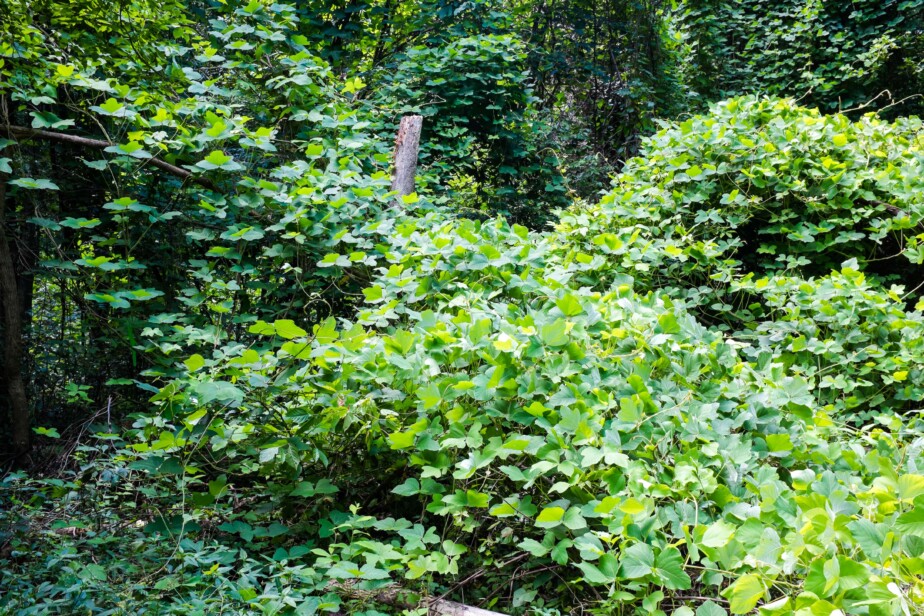
- A perennial vine to zones 5-9
- Flowers from September to October
- Nitrogen fixer
- Grows in sand, silt, or clay-based soils with a preference for good drainage and moist soil
- Drought is very well tolerated once established because of deep roots
- Best in full sun, and becomes invasive in warmer climates, great for soil-building
- Edible flowers, roots, leaves, and shoots, are a staple crop in Japan
Psoralea esculenta (Breadroot)
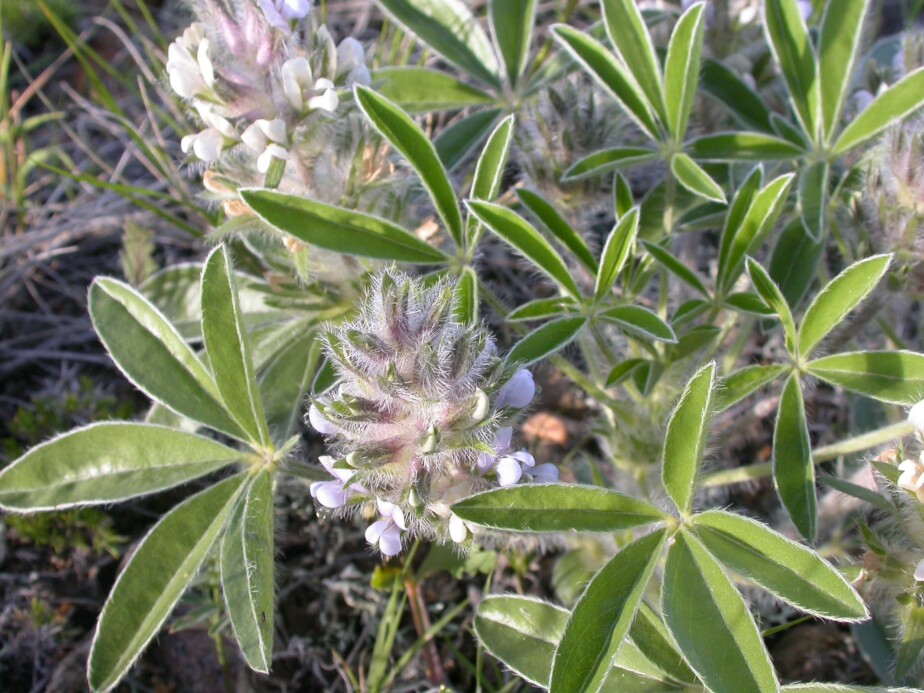
- Breadroot is perennial in zones 4-8 and flowers from May to July
- Nitrogen fixer
- Prefers dry or moist soil but grows well in light, medium, or heavy soils
- Needs full sun
- Good soil stabilizer across North America
- Edible tuberous roots
Up Next: The Benefits of Edible Forest Gardens & Are They Effective?
Conclusion
Pick the best plants first by looking at what environment is best for them to thrive. If your eroding slope is in full shade, you won’t want a plant that needs full sun. Once you have suitable choices, pick the ones that are going to be most useful to you!
I’ve included as much detail as possible in this post so you can leave with an easy decision.
Please leave a comment if you have any other questions or suggestions about what information should be included for each plant!
Related: 28 Thriving Plants for Clay Soil and Full Sun (Pictures)
Recent Posts
There’s no shortage of full-sun ground covers for zone 4 climates! Each plant in this list can withstand the frigid temperatures and also enjoy the hot sun in summer. Full sun means that a plant...
There's no shortage of full sun ground covers, not even in zone 3! Zone 3 climates offer hot but short-lived summers and very cold winters. So each plant in this list can withstand the frigid...
